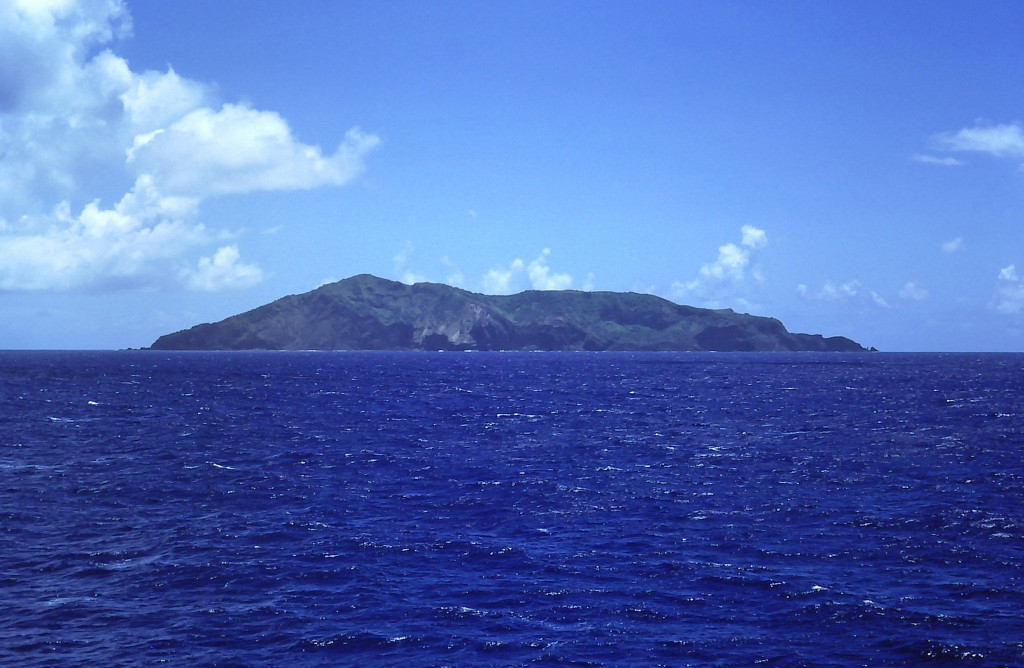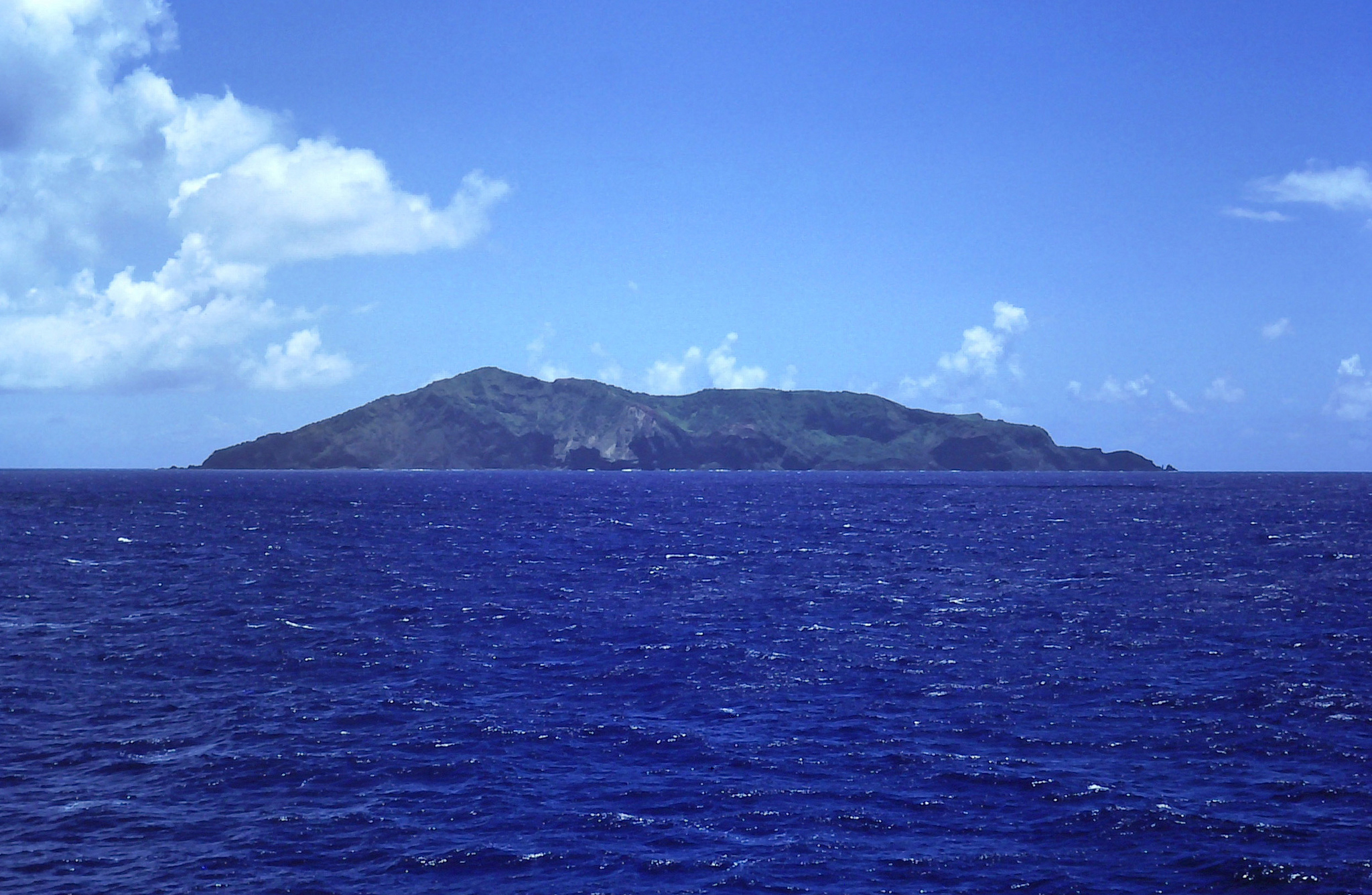
The marine life and habitats in the oceans are at risk from the activities of humankind. The three major threats to the health of our oceans are overfishing, marine pollution, and the effects of climate change. National parks established around the world have long been a way to protect and preserve wildlife and habitats on land. Only more recently have marine protected areas come into existence. These are special places in the ocean designated to help protect marine life and habitat.
In March, the U.K. government announced the creation of the world’s largest single marine protected area around the Pitcairn Islands. The Pitcairn Islands are the last remaining British Overseas Territory in the Pacific, comprising four remote islands in the central South Pacific, halfway between New Zealand and South America. Only about 50 people live there.
The new reserve encompasses 322,000 square miles, or roughly 3 ½ times the size of the United Kingdom. It is home to more than 1,200 species of marine mammals, seabirds, and fish. Due to their remoteness and low human population, the Pitcairn Islands contain wildlife in an almost pristine state. They are home to the “40 Mile Reef”, the deepest and most well-developed coral reef known to humans. The reserve will be monitored using advanced satellite technology that will be able to detect illegal fishing in real time. Surveillance and enforcement of reserve rules will protect the reserve from its true predators: human beings.
The Pitcairn Islands reserve is part of a growing international movement to safeguard ocean waters. The new development is good news for the planet.
**********
.
Web Links
Britain creates world’s largest marine reserve
Photo, posted August 10, 2012, courtesy of Fotorus via Flickr.
.
Earth Wise is a production of WAMC Northeast Public Radio.
